
Grass-fed Vs. Grain-Fed Beef – The Differences
The differences between grass-fed vs. grain-fed beef are vast. From nutritional value to taste and sustainability, here are the key differences.
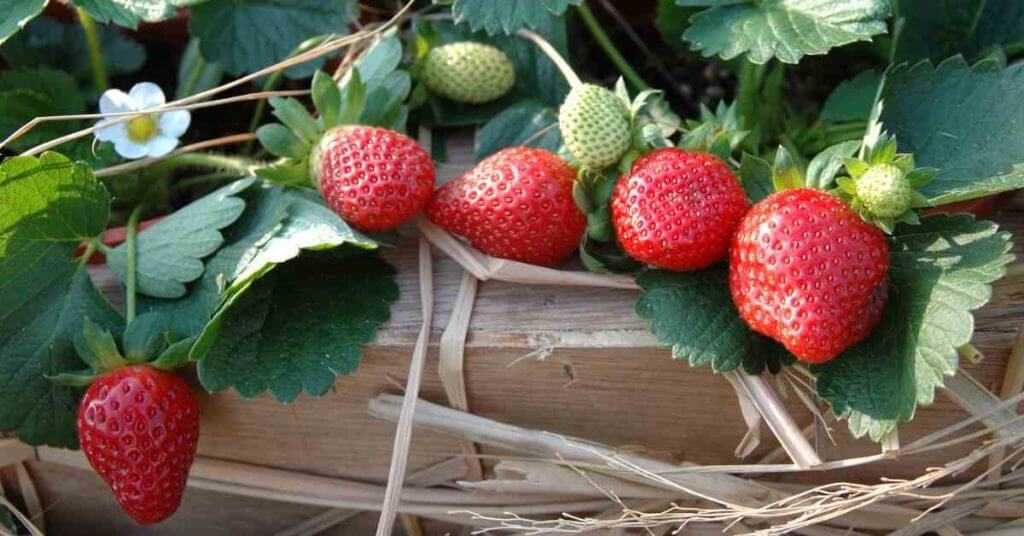
We all love strawberries – I have yet to meet a single person who does not – and there is a world of difference between store-bought and organic home-grown strawberries.
Fortunately, although they tend to be slow starters, strawberries are relatively hardy and easy to grow, with a persistence almost comparable to that of weeds. They are among the least fussy plants to grow in my garden.
When picking companion plants for my strawberries, I focus on the five key roles that make a good companion plant: ground cover, nitrogen fixation, insectaries, pest suppressors, and dynamic accumulators.
For example, strawberries grow laterally and effectively cover the ground, protecting the soil and suppressing weeds. Plants like clover or thyme fix atmospheric nitrogen, enriching the soil when they’re cut back at flowering. Marigolds serve a dual role as insectaries and pest deterrents, attracting beneficial predators and repelling pests with their scent. Similarly, onions and other alliums naturally ward off pests, while dynamic accumulators like comfrey and borage improve soil nutrient availability.
By understanding these roles and incorporating them into your garden you can enhance plant health and create a vibrant, self-sustaining ecosystem. That’s why I’ve composed my five go-to companion plants for strawberries that I use every year for bountiful strawberry yields.

We all know onions for their strong scent and ability to bring anyone to literal tears, but their scent is part of what makes onions such good companions for so many plants, especially strawberries.
Onions release volatile organic compounds (VOCs), organic chemicals with a high vapor pressure at room temperature, allowing them to vaporize and enter the atmosphere. These VOCs are sulfur-based compounds that have been shown to repel insects and even some small mammals that would otherwise eat your strawberry plants.
Bioactive compounds found in onions, such as allicin and other sulfur-containing defense chemicals, also possess antifungal properties that have proven effective in inhibiting the growth of certain fungal pathogens that can plague your precious strawberry plants, particularly gray mold (Botrytis cinerea), often seen under moist and dense planting.
While we know beneficial bacteria help boost your soil microbiome (it’s one of the key reasons we compost or make compost tea) onions can improve the microbial balance of the soil through enhancing fungi, thereby improving nutrient soil. This is perfect for fruits like strawberries which are known for being heavy-feeders.
Onions and strawberries also have complementary root systems, with the deeper onion roots accessing nutrients and water from different soil layers than the shallower strawberry roots. This not only helps both onions and strawberries but also improves the overall efficiency and productivity of your garden as a whole.
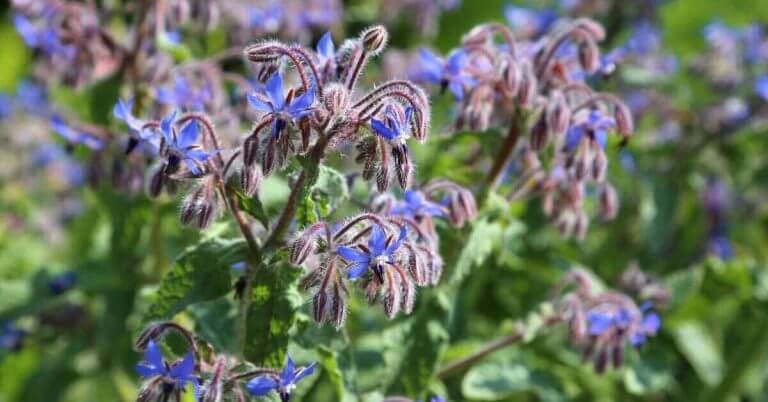
If for nothing else, I love using borage as a companion plant for strawberries because their beautiful blue star-shaped flowers contrast wonderfully with the deep red of strawberries.
Fortunately, borage is as useful as it is pretty, and is particularly helpful as a companion for fruits because of its strong attraction for pollinators that will also pollinate your fruit flowers, thereby improving the fruit set.
While borage might not have the chemical repelling properties of onions, it does have some ability to repel pests indirectly through attracting predatory insects like wasps that prey on harmful pests, acting as a natural form of pest control.
Like onions, however, borage has natural antifungal properties that can help suppress diseases that might otherwise affect strawberry plants, particularly fungal diseases such as powdery mildew, which often affects strawberries in humid conditions.
Borage also keeps giving even after its lifespan expires; it is known for holding onto nutrients that are released back into the soil upon decomposing, and its deep root system helps to keep the soil aerated and generally improves the soil structure.
Ensure you leave enough space (at least 24”) when planting – borage does grow to be a big plant and can overshadow others, such as strawberries, depriving them of light.

Whenever possible, I try to incorporate other edible plants as companions to grow as much of my own food as possible. That’s why I love to plant bush beans as companions for strawberries, as they are not only a high-yielding and tasty vegetable, but they also provide synergistic benefits to my strawberry plants.
Like other legumes, bush beans are known for their ability to fix atmospheric nitrogen through a symbiotic relationship with rhizobia bacteria in their root nodules, which converts nitrogen from the air into a form that plants can use, effectively enriching the soil with a key nutrient that is essential for the vigorous growth of strawberry plants.
While this nitrogen won’t get released into the ground until the plant dies at the end of the season, encompassing bush beans into your garden design will ensure you have enriched soil ahead of the next growing season.
Bush beans typically have a dense, bushy growth habit that can provide shade to the soil around strawberry plants and help maintain soil moisture levels, reducing the stress from the excessive heat in the hotter months (most strawberry cultivars will not set fruit over 80°F).
Their impressive size can also make it more difficult for pests to access your strawberry plant, as they tend to land on different leaves a few times in an attempt to find nutrients and then fly away when unsuccessful.
Weeds are the bane of any gardener’s plots, and digging them up can harm the soil microbiome. Thankfully, the dense canopy formed by bush beans can suppress weeds by shading the soil and preventing weed seeds from germinating, ensuring it’s your strawberries that are consuming the soil nutrients.
While beans are fairly shallow-rooted plants, you want to plant them far enough away that their foliage does not completely deprive the strawberries of light. 18” to 24” spacing seems to work for me.

Thyme has a long history of surprising uses — it was used by the ancient Egyptians to embalm their dead. Fortunately, it has just as much use for the living, specifically keeping your strawberry plants nice and healthy.
Known for its distinct scent, thyme contains essential oils that make it highly aromatic to us but unappealing to many pests, particularly aphids and spider mites that can devastate strawberry crops. By releasing these strong scents, they disguise the scent of strawberries and make them harder to locate.
Like onions, thyme also has antifungal properties that mitigate the effects of strawberry-killing diseases like powdery mildew and gray mold.
Although the root systems of thyme are shallow like strawberries, they are not heavy feeders and won’t compete too much with the heavy-feeding strawberries. They are also quick to harvest and will form one of your go-to herbs for cooking.
Like all good companion plants, thyme flowers are attractive to bees and other pollinators that will help your strawberry flowers fruit.
I like to sprinkle a few thyme plants sporadically across my garden, helping ward off pests while consistently producing one of my favorite tasting herbs.
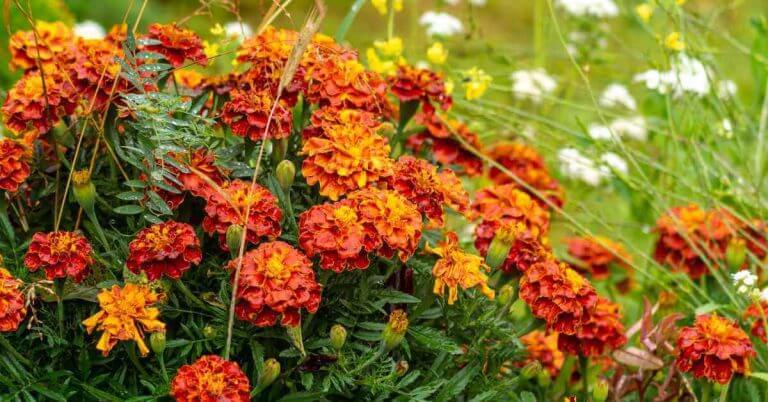
I have grown marigolds with all my fruits and vegetables for as long as I can remember. They truly are a strawberry’s best friend.
When marigolds take root, they release alpha-terthienyl, a substance that discourages nematodes—tiny worms that often wreak havoc on strawberry roots, causing stunted growth and fewer berries.
Their potent scent also does a great job of repelling pests like aphids and certain beetles, which are known to go after strawberry plants.
The vibrant blooms of marigolds attract helpful insects such as ladybugs, which feed on aphids, and bees, which are crucial for pollinating your strawberries.
They are also very easy to grow and require very little maintenance – they are one of the very few “set-and-forget” plants, although I have a problem with birds in my area that, for some reason unknown to me, love to decapitate my marigold flower heads. Hence I have to use kebab skewers as a defense mechanism to protect my marigolds.
By adding marigolds to your garden, you’re not just making it look more beautiful; you’re also setting the stage for a more fruitful and sustainable strawberry patch. While some like to plant them around the edges of fruit and vegetable patches, I like to intersperse them based on available space and color.
Planting brassicas and strawberries close together isn’t the best idea for your garden: these two are like chalk and cheese and just don’t mix well when it comes to soil and pest management.
First off, brassicas—which include plants like cabbage, broccoli, and kale—tend to attract a particular set of pests, such as cabbage worms and flea beetles, which could also turn their attention to your strawberries.
Additionally, brassicas are heavy feeders, meaning they absorb a lot of nutrients from the soil. Strawberries, on the other hand, also need a fair share of nutrients, especially during their growing season. If they’re planted too close to brassicas, they might not get all the nutrients they need to thrive and produce those juicy, delicious berries, although you can certainly grow both successfully so long as they are spaced far enough apart.
To make matters worse, these two plants also have different watering needs. Strawberries like their soil to be consistently moist, whereas brassicas prefer a bit more drainage. This discrepancy can lead to over or under-watering one type of plant, compromising the health of both.
So, for a flourishing garden, it’s best to keep your brassicas and strawberries apart. This way, each can enjoy the specific conditions they need without interfering with each other’s growth.
Planting strawberries near verticillium-susceptible species such as tomatoes, potatoes, eggplant, peppers, melons, and bush or bramble fruits is a gardening mistake you’ll want to avoid to keep your plants healthy and productive.
Verticillium is a genus of fungi that affects many plants, including your prized strawberries. When infected, verticillium wilt causes the leaves to yellow and wilt, severely weakening the plants and reducing your strawberry yield.
Strawberries can actually harbor the fungus themselves without showing immediate signs of distress, making it easy to inadvertently create a cycle of infection that can persist in the soil and affect future plantings of both strawberries and other susceptible crops.
By keeping strawberries and Verticillium-susceptible plants apart, you avoid creating a hotspot for this damaging fungus.
Embracing companion planting is more than just a gardening technique; it’s a philosophy of balance and biodiversity that can transform your strawberry patches into lush, productive, and sustainable ecosystems.
Each plant in our lineup plays a strategic role, from ground cover and pest management to enhancing soil nutrients and attracting beneficial insects. Whether it’s the strong scents of onions and marigolds deterring pests or the vibrant allure of borage flowers bringing in pollinators, these companions help strawberries thrive more robustly than they might on their own.
As you plan your garden, consider the roles each companion plant can fill. Think beyond mere aesthetics to how these plants interact with each other and the environment. Remember, the right companions not only make your strawberries happier but can also make your gardening easier and more rewarding.
Strawberries grow laterally and effectively cover the ground, protecting the soil and suppressing weeds. Plants like clover or thyme fix atmospheric nitrogen, enriching the soil when they’re cut back at flowering. Marigolds serve a dual role as insectaries and pest deterrents, attracting beneficial predators and repelling pests with their scent. Similarly, onions and other alliums naturally ward off pests, while dynamic accumulators like comfrey and borage improve soil nutrient availability.
Planting brassicas and strawberries close together isn’t the best idea for your garden: these two are like chalk and cheese and just don’t mix well when it comes to soil and pest management.
First off, brassicas—which include plants like cabbage, broccoli, and kale—tend to attract a particular set of pests, such as cabbage worms and flea beetles, which could also turn their attention to your strawberries.
Onions release volatile organic compounds (VOCs), organic chemicals with a high vapor pressure at room temperature, allowing them to vaporize and enter the atmosphere. These VOCs are sulfur-based compounds that have been shown to repel insects and even some small mammals that would otherwise eat your strawberry plants.

The differences between grass-fed vs. grain-fed beef are vast. From nutritional value to taste and sustainability, here are the key differences.
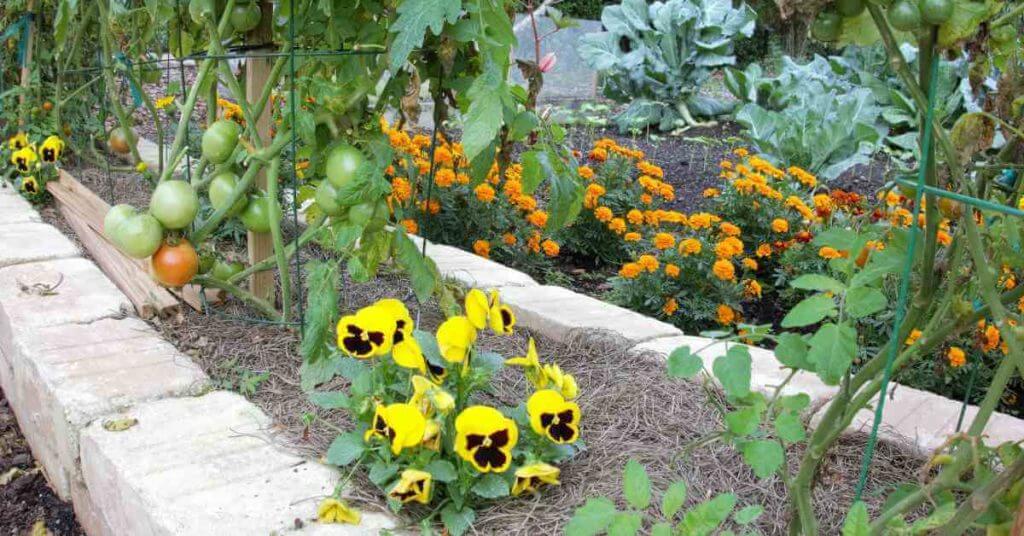
Here is a comprehensive and easy to follow companion planting chart for vegetables, based on available scientific literature and trial and error experience.
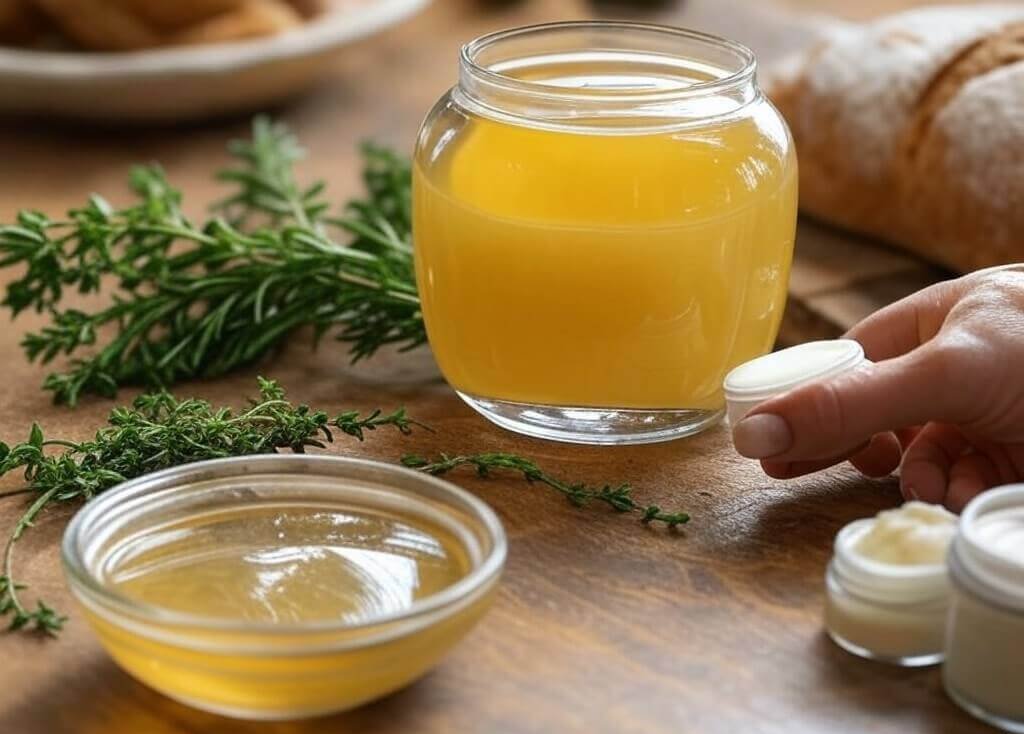
The benefits of beef tallow include deep hydration, rich nutrients, and a natural alternative to synthetic moisturizers for healthy skin and cooking.
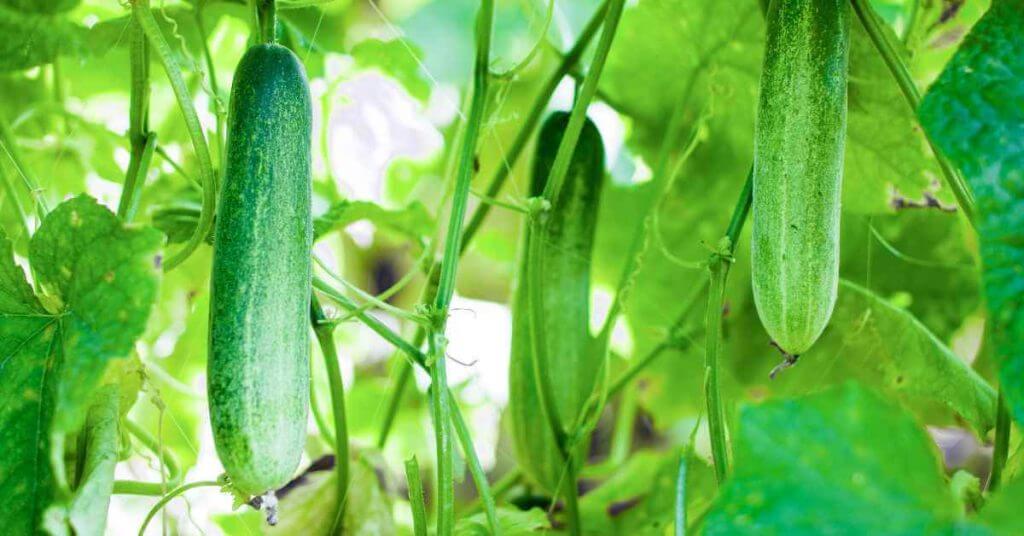
Here is a list of the 5 best companion plants for cucumbers that will help your cucumbers, and your garden as a whole, thrive.
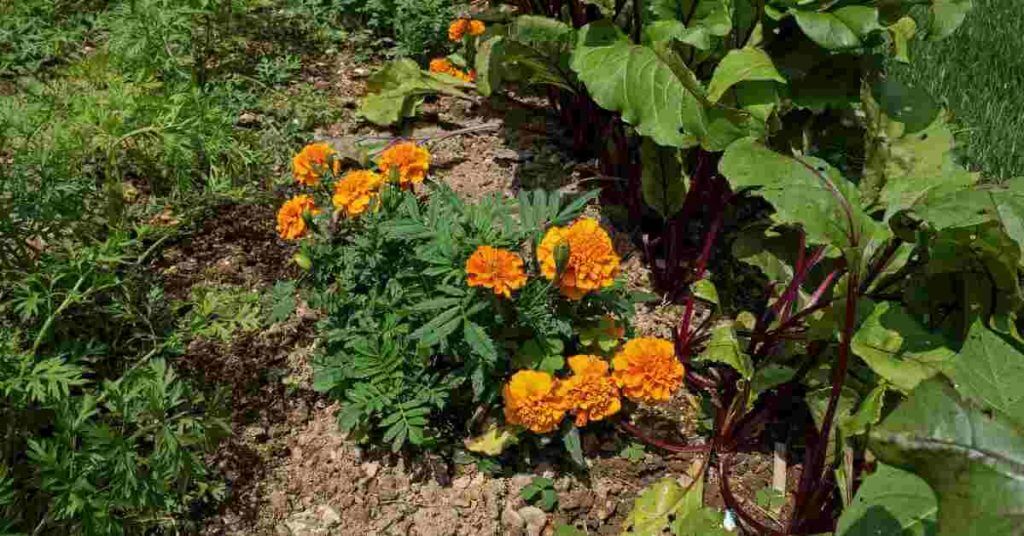
Looking for which plants are best for companion planting with flowers? This article contains a table with the best flowers and their many benefits.
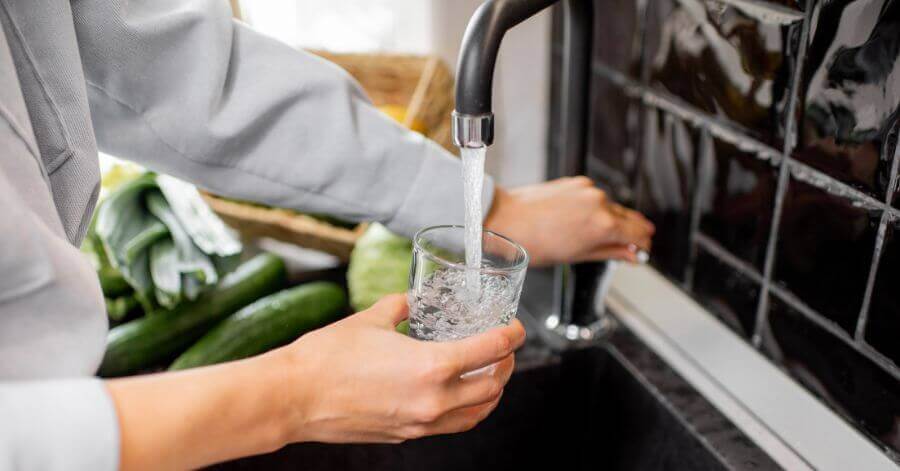
Pinterest Instagram Youtube Pinterest Instagram Youtube Jump to: Have you ever stopped to consider what’s really in the water flowing from your tap? For many of